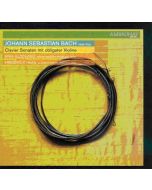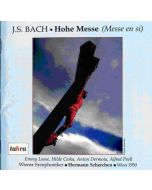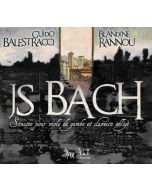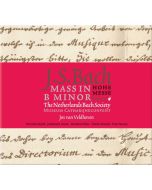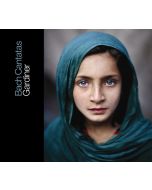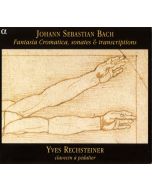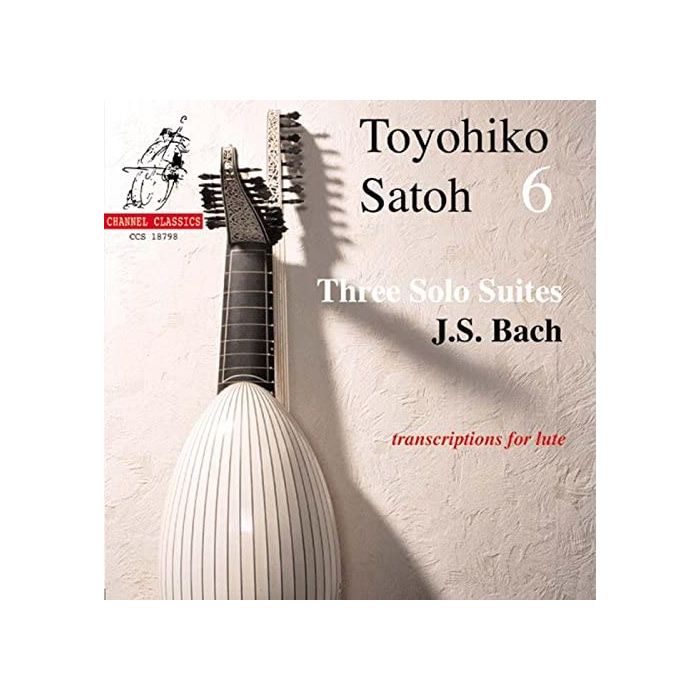
(Produkt nie został jeszcze oceniony)
kompozytor
Bach, Johann Sebastian
tytuł
Bach: Three solo suites
wykonawcy
Satoh, Toyohiko
nr katalogowy
CCS 18798
opis
Bach and the lute Johann Sebastian Bach is known to modern listeners as one of the pillars of western music. In addition to his huge numbers of vocal works (such as his Cantatas and Passions) he composed music for many different instruments. Bach is known to have been an excellent organist and harpsichord player, although he seems to have prefered the clavichord, a softer instrument whose ability to achieve vibrato and dynamic change allowed for greater musical diversity. Bach is also known to have played the viola and there is even some suggestion that he may have played the lute. In a letter of recommendation for his student Johann Ludwig Krebs (1713-1780), Bach states that Krebs had not only studied keyboad instruments and composition with him, but also the lute. Despite this assertion, it seems somewhat doubtful whether Bach actually played the lute. In all his compositions for the lute Bach always creates problems which are technically impossible for the player without some sort of modifications. In early 8th century the Arabic lute (Ud) was introduced to Europe by the Moors in their conquest and occupation of the Iberian penninsula (todays Spain). From this beginning, the standard form of the western lute gradually emerged as the prevalent musical instrument in European culture. By the 16th century the lute was so popular that it could be said “any educated person should be able to play the lute”. Indeed even Da Vinci and Galilei played the lute well…
nośnik
CD x 1
wydawca
Channel Classics
data wydania
9.07.2001
EAN / kod kreskowy
723385187981
79,00 zł
Produkt dostepny w niewielkiej ilości.
Wysyłka w ciągu 3 dni roboczych
Darmowa wysyłka dla zamówień powyżej 300 zł!
Darmowy kurier dla zamówień powyżej 500 zł!
sprawdź koszty wysyłki